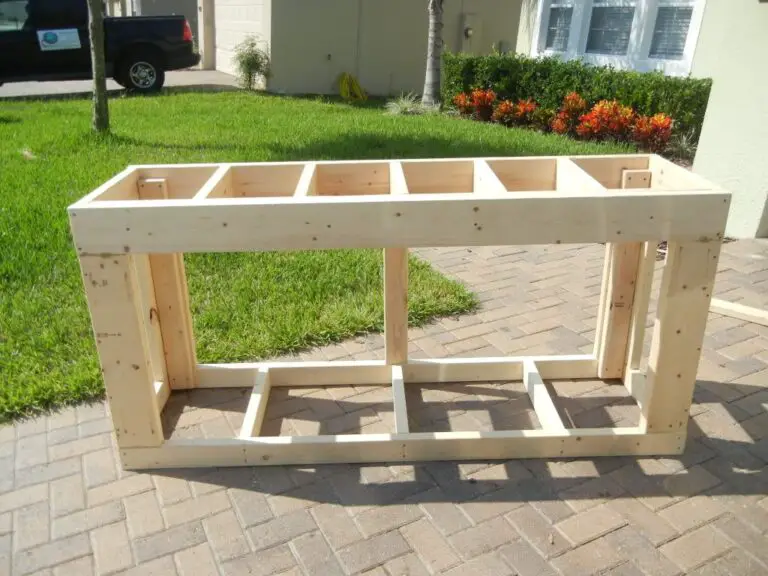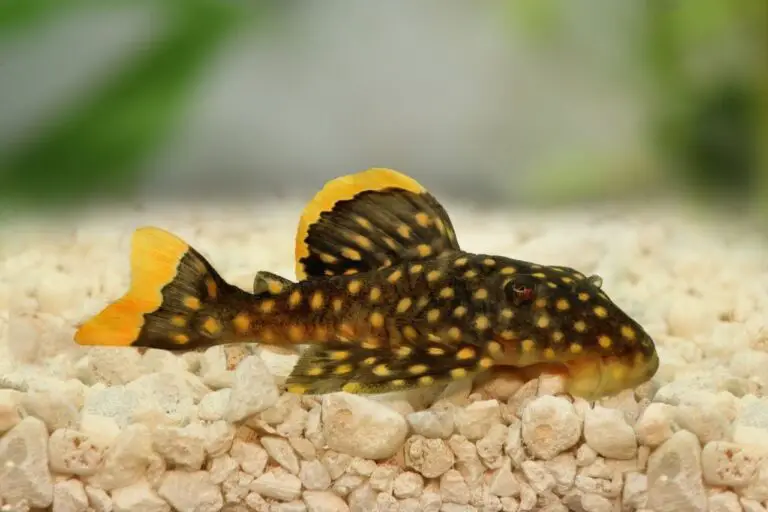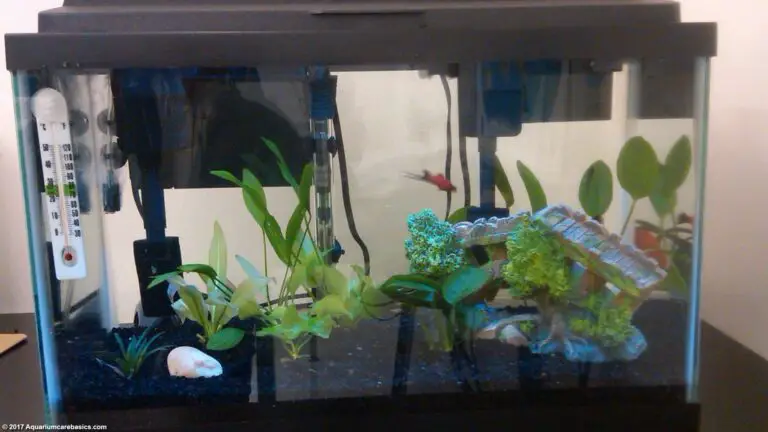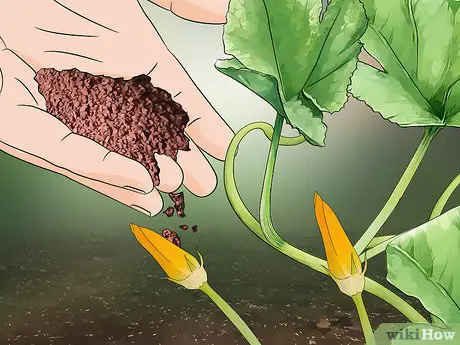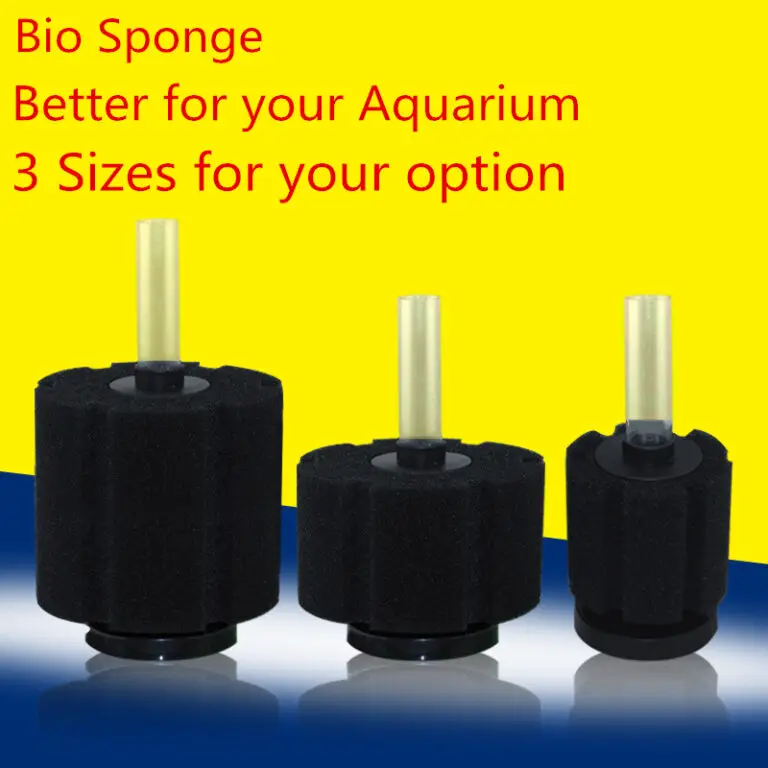How to Build a 125 Gallon Fish Tank Stand?
1. First, measure the area where you want to place your 125 gallon fish tank stand and make sure it is large enough for the dimensions of your fish tank plus an additional two feet on all sides. 2. Purchase or build a sturdy frame out of wood or metal that will support the weight…
